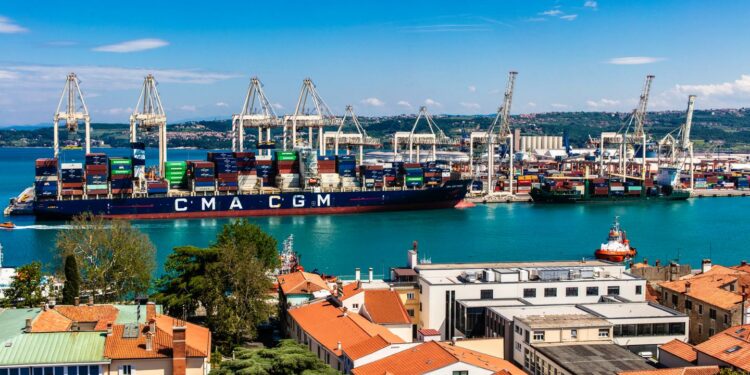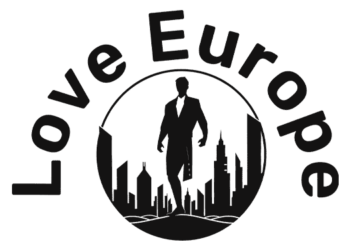When he settled in Koper, a small Slovenian town on the Adriatic coast, 15 years ago, Ivan Loizeau counted four unloading cranes in the container port. “Now there are eight,” said the Frenchman, who works in logistics and is a foreign trade consultant. “The dock has been extended once, and a further extension is planned. As for the ships coming here, their size has tripled.”
Gateway to countries such as Hungary, Austria and much of Central Europe, the rapid growth of the port of Koper reflects the region’s impressive economic catch-up over the last two decades. Factories, especially German ones, which opened in large numbers in these countries, needed to be supplied with components and to export their products.
By the same token, the recession in Germany over the last two years has also had a negative impact on the region. Volumes at the port of Koper are set to stagnate in 2024, following a decline in 2023. Slovenia is no exception. The shock is particularly visible in the automotive sector, which accounts for 10% of the economy, 40,000 direct jobs and 25% of national exports.
“Almost every car built in Europe has at least one spare part made in Slovenia,” said Tanja Mohoric, director of ACS, the industry lobby. Numerous companies, many of them very long-established, produce commutator switches, exhaust pipes and forged steel rods.
‘Chinese competition’
“The problem is that we sit in the mid-range of the subcontracting chain,” explained Sergej Simoniti, Coface’s director in Slovenia. These are products that can easily be replicated elsewhere, which are becoming less necessary with the transition to electric vehicles, and are often built by companies with shaky financial underpinnings. On October 10, German subcontractor Mahle announced more than 600 job cuts in Slovenia. Some production is going to be relocated to Bosnia, a cheaper country that does not yet belong to the European Union (EU).
Finance Minister Klemen Bostjancic is well aware of the problem, and doesn’t mince his words. “In the automotive sector, it would be very difficult to beat Chinese competition. The battle seems lost, and the only way to be competitive is going to be focusing on niches,” he said. His government did, however, act to save the Renault plant – the country’s largest – which management was seriously considering closing.
Eventually, the Clio production lines will be reorganized to manufacture the 2026 electric Twingo. Substantial state aid – the amount of which is being kept secret – has allowed the French manufacturer to maintain its presence. Bostjancic pointed out, however, that a small country the size of Slovenia cannot engage in a race for state subsidies. “Our resources are limited and we don’t want to put money into projects that are going to close in two years.”
You have 49.46% of this article left to read. The rest is for subscribers only.
Source link : https://www.lemonde.fr/en/economy/article/2024/10/29/slovenia-caught-in-the-german-slowdown-trap_6730862_19.html
Author :
Publish date : 2024-10-29 00:57:00
Copyright for syndicated content belongs to the linked Source.


